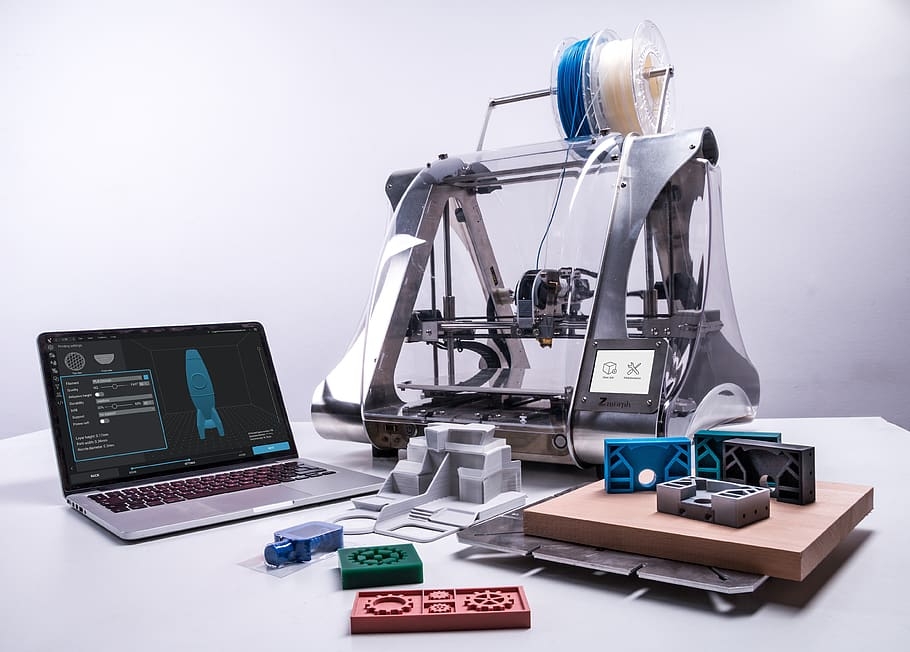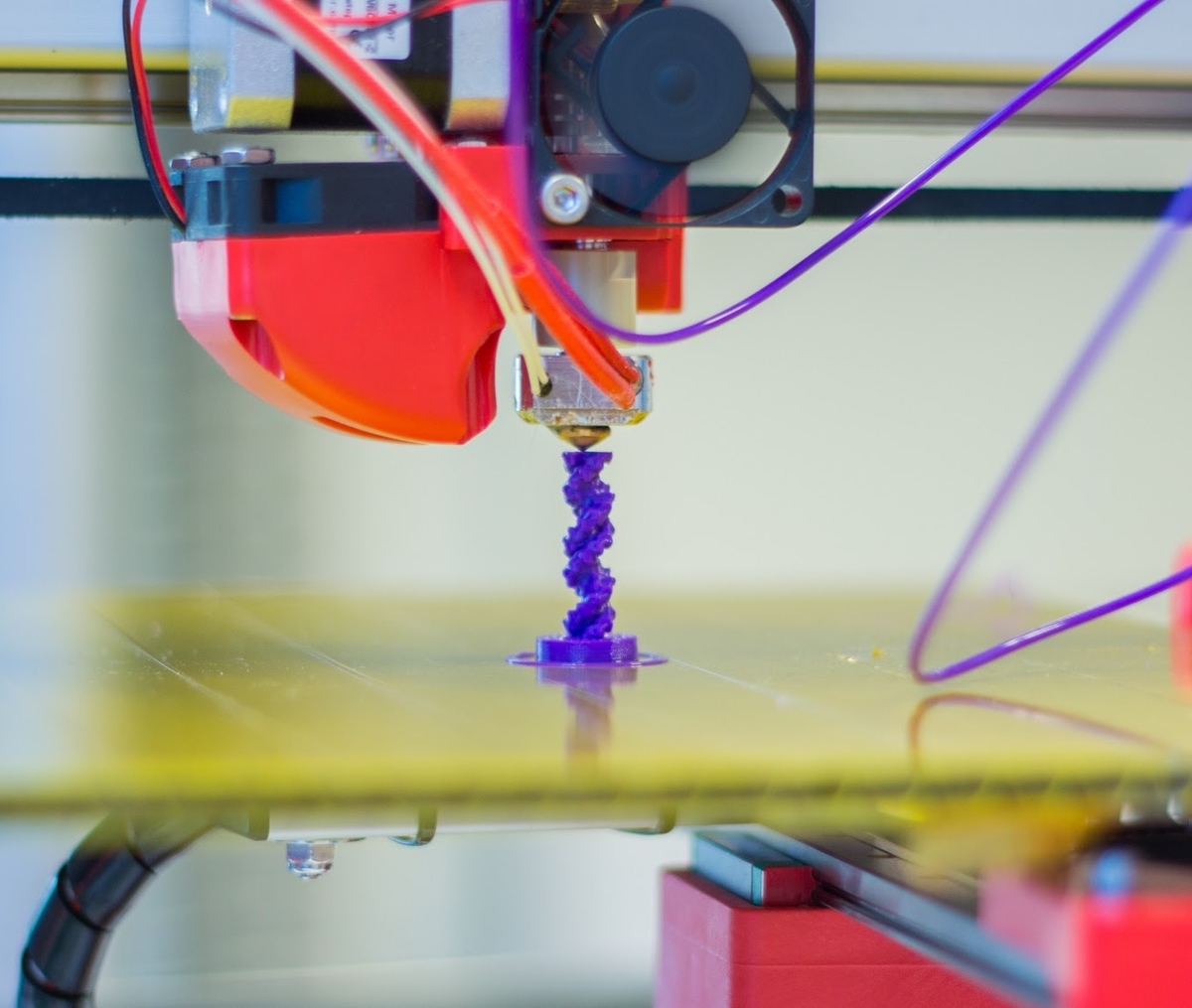What tools do i need for 3d printing?
Are you thinking about getting into 3D printing? If so, you may be wondering what tools you’ll need to get started. With the rise of affordable 3D printers, more and more people are exploring the world of 3D printing and creating their own designs. However, it’s important to have the right tools to ensure that your prints turn out as intended.
3D printing has revolutionized the way we manufacture and create products. Whether you are a hobbyist or a professional, you can benefit from the versatility and creativity that 3D printing offers. However, with so many tools and accessories available, it can be overwhelming to know where to start.
In this article, we’ll explore the essential tools you’ll need to start 3D printing. From 3D modeling software to filament, we’ll cover everything you need to know to ensure that your prints turn out perfectly every time. Whether you’re a beginner or an experienced user, this guide will help you get the most out of your 3D printing experience.

What tools do I need for 3D printing?
First, you’ll need a 3D printer. The type and model of printer you choose will depend on the size and complexity of the projects you plan to make. There are a wide variety of 3D printers available, ranging from budget-friendly models to high-end machines. Research different models to determine which one is right for your needs.
You’ll also need 3D modeling software. This is used to create the design files that you’ll use to 3D print your projects. Popular options include Tinkercad, Blender, and Fusion 360. Additionally, some 3D printers come with their own software.
Filament is an essential component of 3D printing. This plastic-like material is melted during the printing process and forms the structure of your printed object . Filament is available in a range of materials, including PLA, ABS, PETG, and Nylon.
In addition to filament, you’ll need other tools and accessories such as a scraper, tweezers, and a measuring tool. You may also want to invest in an enclosed printer for better temperature control and accessorize your 3D printer with cooling fans or additional extruders.
Finally, it’s important to have a safe, clean workspace where you can set up and store your printer. A well-ventilated area is essential for 3D printing as some materials may release fumes that can be harmful if inhaled.
There you have it – the essential tools you need to get started with 3D printing. With these items in hand, you’re ready to start creating your own 3D designs.
Essential tools for every 3D printing professional
For those who are serious about getting the most out of their 3D printing projects, you’ll want to ensure you have the right tools on hand. Beyond a 3D printer, there are certain essential items that all professionals should consider as part of their arsenal. These can range from materials like supports or glues to basic tools that every 3D printing professional should know how to use.
In regards to materials, it is helpful to have support materials such as flexible filaments, glue sticks, and more on hand. This way, when an issue arises such as parts warping or issues with adhesion when the printer starts up it’s easy to quickly solve them. As for tools, many 3D printing professionals find it beneficial to equip themselves with a soldering iron for repairing parts and hot cutters for removing filament easily when needed. Keeping a digital caliper taped near your workstation can also come in handy too when dealing with delicate measurements like nozzle height adjustment and more. For those looking for ways to make life simpler, having the correct tool set goes a long way in making your projects easier than ever before.
The essential 3D printer owner’s toolkit
For most 3D printer owners, having the right tools and supplies at the ready is essential to creating successful prints. From spare nozzles and parts to adhesive tape, tweezers and spatulas, these items make it possible to solve common problems – as well as customize your machine or experiment with new designs.
Having a good toolkit on-hand is especially important when working with filament materials that require special prepping and adjustment such as PLA, ABS, PETG or Flexible Filaments. These materials often require adjusting temperatures for optimal flow rate, reducing heat shrinkage and improving adhesion of layers. A set of calipers and a pair of pliers can help in achieving these levels of customization. Adhesive tapes like blue painter’s tape also come in useful if you’re unsure about a print sticking to the build plate or if you want to enhance layer adhesion for more robust prints. Tweezers are essential for removing tiny pieces from the build plate without disrupting the rest of the print. Finally, a small brush should also be in your arsenal — it’s better suited than a vacuum cleaner for cleaning up powdery waste that comes off during printing. With all these tools combined together into one kit, you’ll be ready to tackle whatever 3D printing project comes your way.
Glue stick
When it comes to 3D printing, build plate adhesion is an essential factor for producing great results. One of the most reliable and effective ways of achieving secure adhesion is to use a glue stick, applied directly onto the print bed before you commence your project. Unlike using hair spray, which can be more difficult to control, using a glue stick allows for greater precision and less risk of accidentally spraying the gantry or moving parts.
The type of glue you choose should also depend on your particular material. Different materials require different levels of adhesion in order to achieve successful prints; therefore, we would recommend consulting relevant support articles for further guidance. Specific examples include glue sticks that are specifically designed to work with ABS plastic or PETG filament – both highly common materials used in 3D printing today. Ultimately, by using a glue stick it’s possible to create better print results than if you were simply relying on the machine alone.
Spatula or palette knife
When you’re printing with a 3D printer, insertions can sometimes be difficult and often items become stuck to the build plate. Instead of damaging your print by forcing it off, a well-chosen spatula or palette knife is the perfect tool to make the process of removal a lot easier. All you need to do is ease it gently underneath the print and carefully lift it up.
For some projects, having multiple palette knives on hand is useful. Getting yourself an assortment will help you tackle any issue that comes along with your 3D printing job. We recommend getting at least two so that you have one that’s stiff and one that’s more flexible – this will prove invaluable in handling different objects with varied shapes and angles. Titanium stainless steel scrapers are especially ideal as they feature a tapered tip which allows for better manipulation of intricate details when needed.
Deburring tool / knife and cutting mat
A deburring tool is an invaluable tool to have in your 3D printing arsenal. It is designed specifically for smoothing and cleaning up holes that appear in 3D prints. The deburring process also helps to remove small pieces of plastic, such as those created by the underside of brim. This helps to ensure the smoothness and accuracy of your printed parts. When combined with a sharp knife, the results can be transformed into much finer models than previously thought possible.
An X-Acto knife with exchangeable blades works great for manual cuts and edges created during post-processing of 3D prints. When used on a cutting mat, it can help create clean lines around any rough or sharp areas that need trimming. Additionally, this kind of precision knife allows you to make delicate adjustments without fear of damaging the model further or creating cracks on its surface. By investing in the right tools, you can achieve smoother and more refined prints which will impress any onlooker.
Pliers

Pliers are a must-have tool for any serious maker or hobbyist, and they come in all shapes and sizes. Whether you need to twist and turn wires together for a repair job, adjust threaded parts on an electronic device, or even just hold something in place, a good set of pliers is essential. It’s important to look for pliers with a rubberized grip that offers plenty of slip-resistance during use. A range of different styles (including needle nose and wire-cutting pliers) should also be considered. Not only can these make fine adjustments much easier than regular pliers, but they’re also useful for trimming filament or removing support material from 3D prints.
When selecting your own tools, it’s important to choose quality over budget. Look for sets that include the features needed to securely hold smaller components while still offering reliable gripping power. Pliers should also have secure grip handles with high-quality riveting – this helps prevent the handle from slipping off while in use and reduces the chance of hurting yourself during activities like fabrication work or electrical repairs. With sturdy construction and precision engineering, you can count on these tools to be reliable as well as safe.
Blue tape
Masking tape or blue tape is one of the most basic and widely used tools around. It is an essential item to have by anyone who 3D prints as it provides a great adhesion base when printing on a heated bed. Masking tape can also be peeled off much easier than other types of tapes making post-print removal easier. When choosing masking tape, the width should be at least 50mm (2 inches) in order to cover up larger surfaces quickly but also to reduce the amount of strips needed for tight spots.
Because of its adhesive properties, masking tape is an invaluable tool for providing robustness when printing on a heated bed in particular. By simply adding the adhesive side onto the bed surface, it will ensure that no matter how complex your object’s geometry is, it will stay in place during production and improve your first print success rate significantly. Additionally, apart from ensuring superb adhesion and firm fixing – masking tape leaves no residue whatsoever once removed and there are no scratches left behind on your print bed after thorough cleaning afterward!